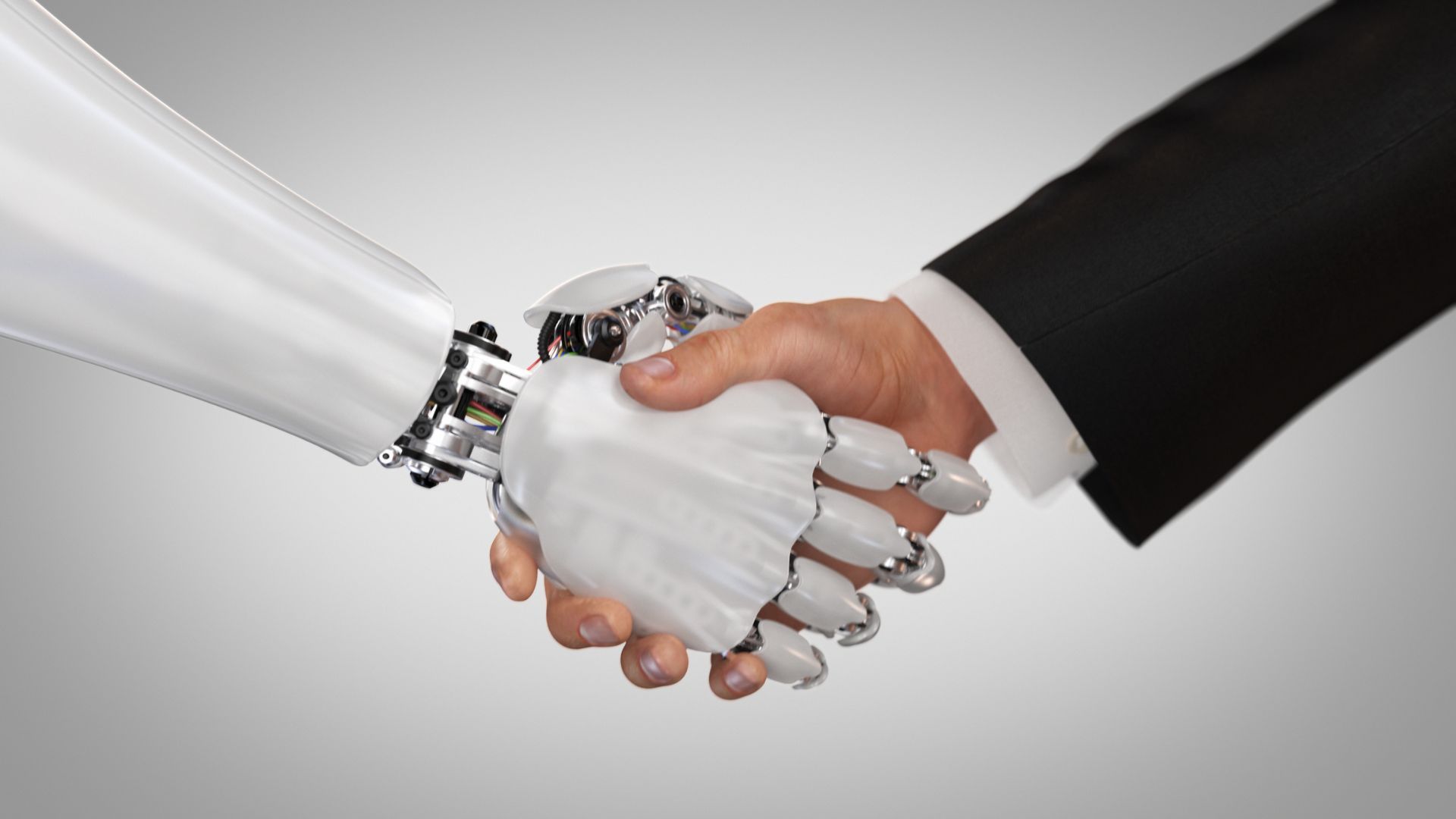Understanding Australia's Job Market Trends and Insights
Catherine Kennedy • October 2, 2024

Understanding Australia’s Steady Unemployment Rate:
What It Means for Job Seekers and Employers
Australia’s unemployment rate has remained relatively stable in recent months, holding steady at 4.2%. This figure, consistent with the previous month’s results, indicates a robust labour market that has shown resilience throughout 2023. Despite some fluctuations earlier in the year, the current unemployment rate remains on par with historical lows, highlighting a healthy demand for labour across various sectors.
Another key indicator of the labour market’s strength is the increase in hours worked, which rose by 0.4% in the last period. This suggests that businesses are not only retaining employees but also requiring more labour input, potentially reflecting strong economic activity. Additionally, the participation rate, which measures the proportion of working-age people actively engaged or seeking employment, has reached a record high of 67.1%. This rise could be attributed to various factors, such as cost-of-living pressures motivating more individuals to seek employment or re-enter the workforce.
These statistics paint a picture of a resilient job market, but what does this mean for job seekers and employers alike? With unemployment rates low and high workforce participation, competition for talent remains fierce. Employers may need to rethink their recruitment strategies to attract and retain skilled professionals, while job seekers might find opportunities more plentiful, yet highly competitive. Let’s dive deeper into what our team at people2people had to say on the subject during a recent discussion.
"The record-high participation rate is a double-edged sword. On the one hand, it means more people are actively seeking work, which is positive for employers."
In a recent Australia Market Update, Catherine Kennedy, NSW Managing Director at people2people, shared her thoughts on the current state of the labour market and its implications for recruitment. “The low unemployment rate means that businesses are struggling to find the right talent,” Catherine explained. “We’re seeing that many companies are having to look outside of traditional talent pools, sometimes even adjusting role requirements to bring people on board who might need a bit more training.” This trend suggests that flexibility is becoming a crucial component of hiring strategies, with companies needing to invest in upskilling or reskilling new hires to meet business needs.
Catherine also highlighted how the rise in participation is impacting the overall market: “The record-high participation rate is a double-edged sword. On the one hand, it means more people are actively seeking work, which is positive for employers. But it also suggests that more people are being compelled into the workforce, perhaps due to cost-of-living pressures or other financial factors.” This sentiment underscores the growing complexity of the labour market, where an increased supply of job seekers does not necessarily equate to a perfect match for available roles.
“In sectors like accounting and finance, it’s particularly hard to find skilled professionals right now,” she noted. “Employers need to be prepared to move quickly and have competitive offers on the table if they want to secure top talent.” This urgency reflects a broader trend in the recruitment space, where speed and decisiveness are becoming critical success factors.
In contrast, some industries are experiencing a surplus of applicants, adding another layer of complexity to the hiring process. “In some areas, like business support, we’re seeing an influx of candidates as people look to re-enter the workforce. But the challenge there is sorting through a larger pool to find the right fit,” Catherine mentioned. This observation points to the importance of having a well-defined recruitment process to efficiently identify and engage suitable candidates.
Despite these challenges, there are opportunities for both job seekers and employers to adapt and thrive. Catherine suggested that businesses may need to revisit their employer value propositions (EVP) to stand out in a competitive market. “It’s not just about salary anymore. Candidates are looking for flexibility, career development, and work-life balance. Companies that can articulate and deliver on these aspects are the ones that will succeed in attracting and retaining talent.”
Tips for Employers in a Competitive Labour Market
- Prioritise Flexibility and Career Development: With the current focus on work-life balance, offering flexible working arrangements and clear career progression paths can help differentiate your business from competitors.
- Streamline Recruitment Processes: Speed is crucial in a competitive market. Delays in the hiring process can result in losing top candidates. Ensure that decision-making is quick and offers are extended promptly.
- Revisit Job Requirements: Consider adjusting job specifications to broaden the talent pool. Being open to candidates who might not meet every criterion but have the potential to grow into the role can help fill gaps more effectively.
- Enhance Your Employer Brand: A strong employer brand that highlights company culture, values, and benefits is essential in today’s market. Invest in promoting these aspects to attract the right talent.
- Focus on Employee Retention: With competition for talent high, it’s not just about attracting employees but also about retaining them. Regularly assess and improve employee satisfaction to minimise turnover.
- Upskill and Reskill: Given the ongoing talent shortages, investing in upskilling and reskilling existing employees can help address skill gaps and prepare your workforce for future challenges.
Find the job you love I Find the right talent
Get in touch with people2people
Australia I United Kingdom
As a white-collar recruitment agency, people2people specialises in accounting and finance, business support, education, executive, government, HR, legal, marketing and digital, property, sales, supply chain, and technology sectors. As the proud recipients of the 2024 RCSA Outstanding Large Agency Award and Excellence in Candidate Care Award, we are dedicated to helping businesses achieve success through a people-first approach.
Find the job you love I Find the right talent
Get in touch with people2people
Australia
I
United Kingdom
In business since 2002 in Australia, NZ, and the United Kingdom, people2people is an award-winning recruitment agency with people at our heart. With over 12 offices, we specialise in accounting and finance, business support, education, executive, government, HR, legal, marketing and digital, property, sales, supply chain, and technology sectors. As the proud recipients of the 2024 Outstanding Large Agency and Excellence in Candidate Care Awards, we are dedicated to helping businesses achieve success through a people-first approach.






